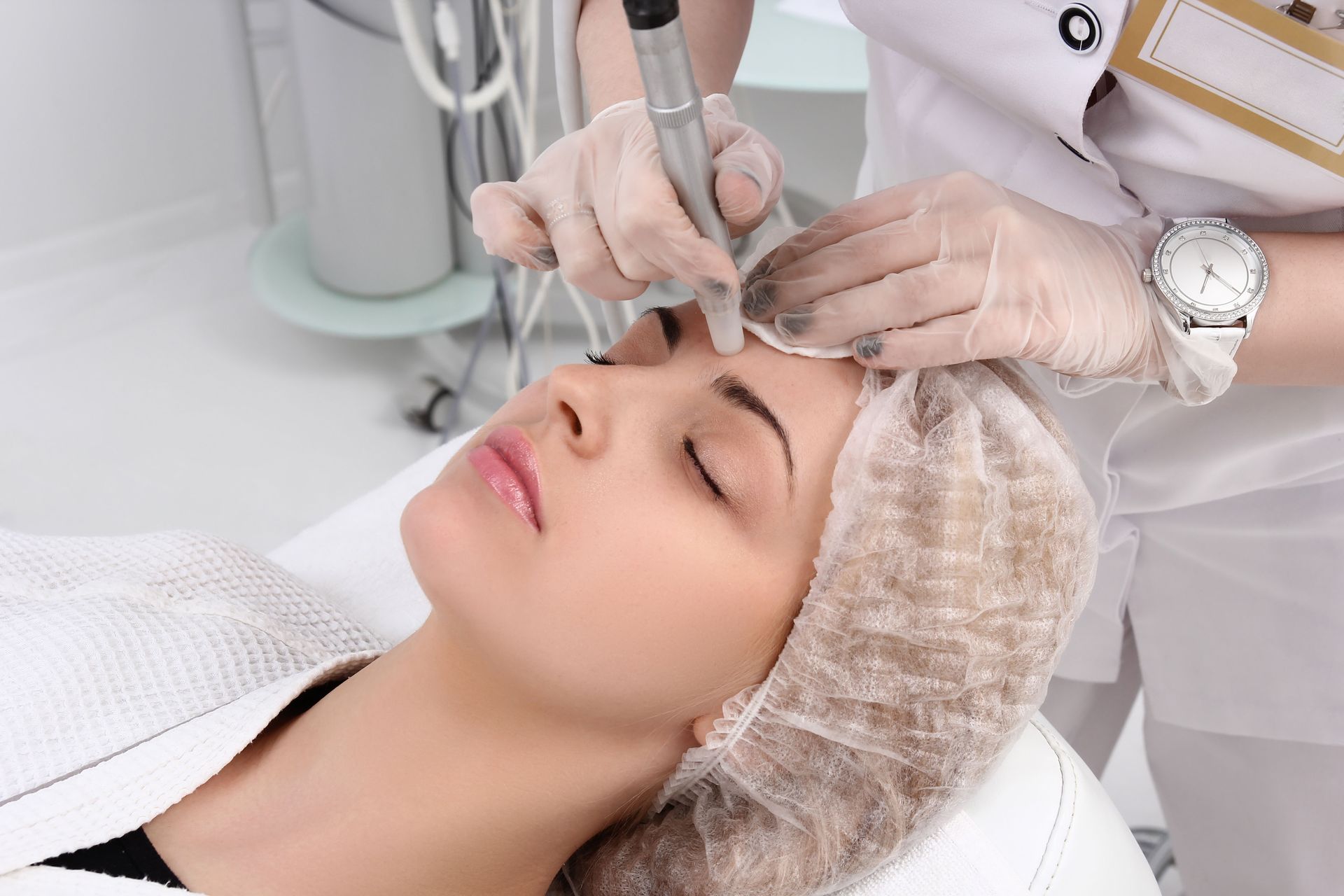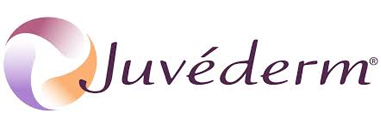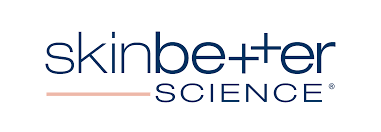September 11, 2025
In the fast-evolving world of cosmetic enhancements, Botox and fillers have emerged as popular choices for individuals looking to enhance their appearance. While they share a common goal of rejuvenating the skin and reducing the signs of aging, Botox and fillers serve different purposes and are composed of different substances. According to Grand View Research, facial treatments like Botox, fillers, and chemical peels account for the largest MedSpa service category, often up to 50–55% of overall service revenue. Understanding the distinctions between these two treatments is crucial for anyone considering a cosmetic procedure. This article explores the differences, benefits, risks, and decision-making factors to help you choose the right option for your needs. Many patients choose these treatments as part of their personalized med spa services plan to achieve refreshed, youthful results.
1. Understanding Botox
1.1. What is Botox?
Botox is a purified form of botulinum toxin, a neurotoxin produced by the bacterium Clostridium botulinum. It works by blocking the release of acetylcholine, a neurotransmitter responsible for muscle contraction. When injected in small, controlled doses, Botox temporarily paralyzes specific muscles. This paralysis helps to smooth out wrinkles and fine lines, particularly in areas prone to dynamic wrinkles such as the forehead and around the eyes. Despite being derived from a potent toxin, Botox is safe and extensively used due to its precision and ability to target specific muscles. Botox is one of the most requested med spa services due to its quick results and non-surgical nature.
1.2. How Does Botox Work?
Botox works by interfering with the nerve signals that instruct muscles to contract. By injecting Botox into targeted muscles, it effectively blocks the nerve impulses, leading to a temporary muscle relaxation. This relaxation smooths out wrinkles and lines that are caused by repeated facial expressions, such as frowning or squinting. The results are typically visible within days and can last up to three to four months. Repeated treatments are necessary to maintain the desired effects, but the frequency of treatments often decreases over time as muscles become trained to relax. These results make Botox a staple in many med spa services for long-term aesthetic maintenance.
1.3. Common Uses of Botox
Cosmetically, Botox is primarily used to reduce the appearance of facial wrinkles and lines, especially those between the eyebrows, on the forehead, and around the eyes. Medically, Botox has applications beyond aesthetics; it is used to treat conditions like chronic migraines, excessive sweating (hyperhidrosis), and muscle disorders such as cervical dystonia. Botox works on dynamic wrinkles, which are caused by muscle movements, making it unsuitable for static wrinkles, which result from loss of skin elasticity. Patients who do not respond to traditional medical treatments for these conditions may find relief with Botox. Its ability to selectively target problem areas makes it versatile in both cosmetic and therapeutic settings and a valued component of full-spectrum med spa services.
1.4. Benefits of Botox
One significant advantage of Botox is the minimal recovery time it requires, allowing patients to resume normal activities shortly after the procedure. The quick results, often visible within a few days, make Botox an attractive option for individuals seeking immediate improvements in their appearance. Botox is also non-surgical, meaning there is no requirement for anesthesia or extensive downtime. The treatment's effects are temporary, which allows for flexibility in adjusting doses or targeting different areas over time. This adaptability helps cater to individuals' evolving aesthetic goals and is why Botox continues to be one of the top-requested med spa services available today.
2. Understanding Dermal Fillers
2.1. What Are Dermal Fillers?
Dermal fillers are injectable substances used to restore volume, smoothen wrinkles, and enhance facial contours. Unlike Botox, which is a neurotoxin, fillers are composed of substances naturally found in the body or synthesized versions for biocompatibility. Common components include hyaluronic acid, calcium hydroxylapatite, and poly-L-lactic acid. Fillers are particularly effective in treating static wrinkles that occur when facial tissues lose volume and elasticity. They are popular for lip enhancement, cheek lifting, and minimizing nasolabial folds. These procedures are frequently requested as part of comprehensive med spa services tailored to individual facial anatomy.
2.2. How Do Fillers Work?
Dermal fillers work by adding volume beneath the skin, which smooths out wrinkles and provides a plumping effect. The specific component of the filler determines how it interacts with the skin. For instance, hyaluronic acid fillers work by attracting and retaining water, which contributes to a hydrated, plump appearance. After injection, fillers can be molded to achieve the desired shape and contour before stabilizing in place. The added volume not only diminishes wrinkles but can also enhance facial features for a rejuvenated appearance. This treatment is a cornerstone of modern med spa services, offering a non-surgical facial transformation.
2.3. Common Types of Fillers
Hyaluronic acid fillers, such as Juvederm and Restylane, are widely used owing to their natural affinity with human skin. They offer reversible and temporary results, typically lasting from six to eighteen months based on the product and treatment area. Calcium hydroxylapatite, found in Radiesse, is another type of filler providing longer-lasting results and is often used for deeper wrinkles. Poly-L-lactic acid fillers, such as Sculptra, work by stimulating collagen production, leading to gradual volume increase over time. Each filler type offers unique benefits suitable for different areas of the face and varying enhancement goals. These variations allow for personalized med spa services that meet diverse aesthetic preferences.
2.4. Benefits of Fillers
Fillers offer the advantage of versatility, as they can be used for both wrinkle reduction and facial enhancement. They provide longer-lasting effects than Botox, reducing the frequency of maintenance treatments needed for sustained results. The procedure is minimally invasive, with a quick recovery time, making it convenient for individuals with busy lifestyles. Fillers also allow for incremental adjustments, helping patients achieve a natural and gradual enhancement. Additionally, some fillers can be adjusted or dissolved by the practitioner if the initial results are not satisfactory.
3. Comparing Botox and Fillers
3.1. Key Differences in Composition and Function
Botox and dermal fillers differ fundamentally in both composition and their mechanism of action. Botox is a neurotoxin designed to reduce wrinkles by relaxing the muscles, while fillers are injectables that add volume beneath the skin. These distinctive properties determine their appropriateness for various aesthetic concerns. Botox targets dynamic wrinkles resulting from facial expressions, whereas fillers are effective for static wrinkles and volume loss. The choice between Botox and fillers depends on individual goals, including wrinkle type and desired facial contour alterations.
3.2. Treatment Areas
Botox is most effective for areas prone to dynamic movement, such as the forehead, between the eyebrows, and around the eyes. Fillers, with their volume-adding capabilities, are suitable for treating mid-face areas like cheeks, lips, and tear troughs. They are also used to define the jawline and reduce nasolabial folds. Although Botox and fillers can be used in complementary treatments, each has unique benefits specific to distinct facial regions. Consultation with a skilled practitioner can guide treatment combinations that achieve comprehensive facial rejuvenation.
Whether you're looking to smooth dynamic wrinkles or restore lost facial volume, choosing between Botox and fillers depends on your individual goals and needs. Both treatments are effective and can even be used together for comprehensive facial rejuvenation. If you need med spa services, make sure to contact Amber Laine Med Spa + Salon today!










